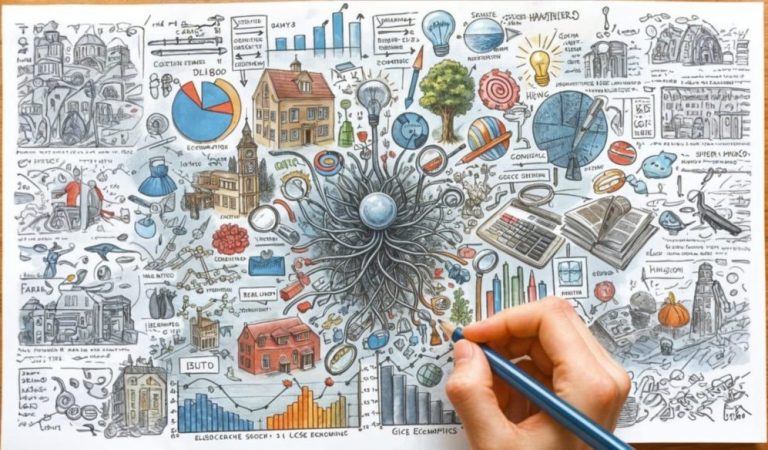
IB MYP Biology : Cell Theory Free Study Notes
CELL THEORY - AN OVERVIEW
The main part of cell theory consists of three main aspects:
1. Cells are the basic unit of structure in all living things (smallest unit of life) 2. All living organisms are composed of cells. 3. New cells are formed from pre-existing cells.
The two scientists given credit to the first two parts of cell theory are Theodor Schwann and Matthias Schiedam (1839). Rudolf Virchow came up with the 3rd aspect that all cells come from pre-existing cells. More recently, scientists have added another aspect of the cell theory that states “All cells contain hereditary information (DNA) which is passed on from cell to cell during cell division”
According to the cell theory, living organisms are composed of cells.
Over the years many living organisms, both unicellular and multicellular, have been studied under microscopes and all have been found to be composed of cells.
Cells vary extensively in size and shape, but contain certain commonalities such as a cell membrane, genetic material, chemical reactions catalyzed by enzymes and the production of energy (ATP) through respiration.
Application: Questioning the cell theory using atypical examples, including striated muscle, giant algae and aseptate fungal hyphae.

Exceptions to General Cell Structure
Fungal Cells
Fungal Cells can have multiple nuclei (multi-nucleated). Fungi have cell walls made out of chitin surrounding threadlike structures called hyphae Aseptate hyphae are one long continuous cell that are not separated by dividers called septa and therefore have many nuclei
Striated Muscle Cells
Striated muscle cells are made up of contractile filaments that slide past each other. They have a single surrounding membrane, but can contain possibly 100’s of nuclei.
Giant Algae
Some uncommon algae exist that can actually grow up to approximately 1 cm.
An example of this is Acetabularia, which is a genus of green algae. One would expect a cell of this size would consist of many cells, as it would have difficulty getting rid of metabolic waste.
Extra example
Red Blood Cells
Red Blood Cells are biconcave disks that carry oxygen to different tissues. RBC lack a cell nucleus, cellular organelles and cannot synthesize protein
ß - Skill
Use of a light microscope to investigate the structure of cells and tissues, with drawing of cells. Calculation of the magnification of drawings and the actual size of structures and ultrastructure shown in drawings or micrographs. (Practical 1)
Using the formula
Magnification = size of the image/actual size of the specimen
Size of the image is how large a specimen appears in a photograph or a drawing. Actual size of the specimen simply means how big the specimen actually is.
Calculate Magnification:
- Measure the actual specimen or a clear part of the specimen under a microscope using a clear ruler next to the specimen, so you can see the ruler under the microscope next to the specimen. This gives the actual size of the specimen value.
- In test questions, the actual specimen size can be given to you in order to calculate the magnification.
- Make sure to convert the values to the same unit of measurement. For example if one value is mm and one value is µm, convert both to either µm or mm.
- Use the formula above to calculate magnification.
Scale bars are also used on many micrographs (photographs under a microscope), using a line to represent the actual scale or size of the image.

The scale shows that half of a red blood cell is about 3 µm
Actual image size is therefore based on the scale bar. You can then measure the size of the image with a ruler, convert the result into µm’s and calculate magnification.
Note: The size of objects in digital images of microscope fields could be analyzed using graticule baselines and image-processing software.
Organisms consisting of only one cell carry out all functions of life in that cell.
Unicellular organisms carry out all the functions necessary for life including the following:
Metabolism: The chemical reactions that occur in organisms in order for them to maintain life, such as the synthesis of ATP during cellular respiration.
Response: Organisms respond to their environment.
Homeostasis: Maintaining a stable internal environment within the cell.
Growth: Increase in size (volume and surface area) until the cell is too large to function efficiently.
Nutrition: Creating or synthesizing their own organic molecules or consuming organic molecules.
Unicellular organisms include Prokaryotes (bacteria) which lack a nucleus and membrane bound organelles, and most Protists which are Eukaryotes.
Surface area to volume ratio is important in the limitation of cell size.
- Cells need to exchange substances with their surroundings, such as food, waste, heat, and gases.
- In the cytoplasm, chemical reactions take place which are known as metabolic reactions. These reactions produce heat, wastes, and also consume resources.
- The rate of these reactions is proportional to the volume of the cell, while the exchange of these materials and heat energy is a function of the cell’s surface area.
- As the size of an object or a cell increases, its volume increases faster in comparison to the surface area of that object because volume is x³(cubed), while the surface area of an object or cell is only x² (squared).
- This means as a cell increases in size, its surface area to volume ratio (SA/V) will decrease.
- You can clearly see this by looking at cubes of varying sizes.
| Side Length | SA (cm²) | Volume (cm³) | SA/Volume Ratio |
|---|---|---|---|
| 1 | 6 | 1 | 6:1 |
| 5 | 150 | 125 | 1:2:1 |
| 10 | 600 | 1000 | 3:5 |
| 100 | 60,000 | 1,000,000 | 3:50 |
| 1000 | 6,000,000 | 1,000,000,000 | 3:500 |
- As the SA to volume ratio decreases, the rate or the cell’s ability to exchange materials through diffusion or radiation decreases.
- If metabolism is to continue at an optimum rate, as a result the substances such as oxygen must be absorbed and waste products such as carbon-dioxide need to be removed.
Written by
Tutopiya Team
Educational Expert
Related Articles

What’s Next After A-Levels? Figuring Out Your Next Step
Comprehensive guide and expert insights on educational topics for IGCSE, IB, and international curriculum students.

IGCSE Economics Revision Resources, Past Papers, and More
Master IGCSE Economics with essential revision resources & past papers. Ace your exams with global support. Ideal for IB & A-level students too.

Why Personalized Learning Beats Group Classes for IGCSE
Comprehensive guide and expert insights on educational topics for IGCSE, IB, and international curriculum students.


